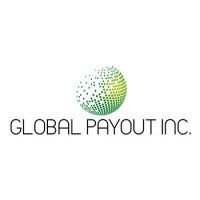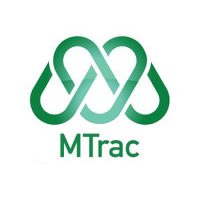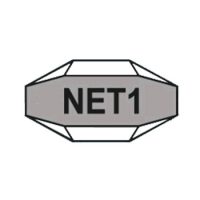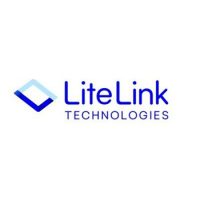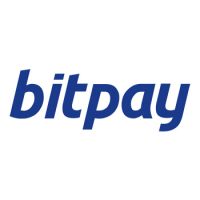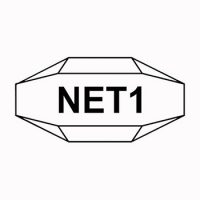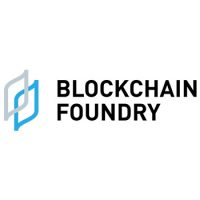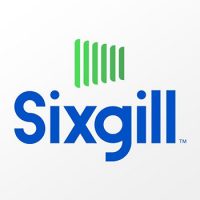Blockchain
From Centralisation to Empowerment: The Blockchain Revolution in UK Further Education

In the UK, the further education (FE) sector is under the stewardship of various awarding bodies. These entities are crucial, as they govern qualifications and oversee assessments, ensuring that educational standards are uniformly maintained. This centralised system of control guarantees a level of consistency and quality across educational institutions. However, as with all centralised control systems which are like a juggernaut to turn, it also introduces certain rigidity into the system, making it less responsive to the rapidly changing skills landscape and the emerging needs of employers. Furthermore, the administrative processes involved in verifying achievements can often be cumbersome and time-consuming.
Potential for Disruption through Blockchain Technology
Blockchain technology presents a compelling alternative to this traditional system. Its characteristics of decentralisation, security, and immutability make it an ideal platform for managing educational records and credentials more flexibly and efficiently. This technology can facilitate the recognition of micro-credentials from various providers, empowering learners to take greater ownership of their educational journeys. Additionally, blockchain can streamline the verification process, significantly reducing bureaucracy and increasing the efficiency of recognising achievements.
Understanding Blockchain Technology
Although much of the blockchain technology is relatively new, it has been in existence conceptually since at least 1991, with a practical example being launched in 2009 – the original gangster, Bitcoin. It is probably useful here to explain in layman’s terms what is meant by blockchain.
Blockchain is a type of digital record-keeping system where information is stored in linked “blocks” that form a chain. The crucial part: copies of this chain are held by many different computers, making it nearly impossible to alter the information without everyone noticing. So, if information in one block is changed by one person on one computer, it automatically changes every other version of that block across the chain (there are no ‘versions’ but I hope you get what I am saying!)
Think of blockchain like a shared Google Doc with some important differences:
Everyone has a copy. Everyone connected to the blockchain network holds a completely identical copy of the document.
It’s constantly growing. As new information is added, a new section (“block”) gets added to the document.
It’s tamper-proof. If someone tries to edit a previous section of the document, everyone else on the network will immediately know because the whole chain of linked sections would be disrupted.
Key Blockchain Terms
Terms that will be heard in this blockchain world could include:
Blockchain: A shared, digital ledger that records transactions across a network of computers in a way that is secure, transparent, and tamper-proof.
Ledger: A ledger is simply a record of transactions. Think of it like an accounting book where every financial transaction or change in ownership of an asset is documented.
Block: A digital container that stores information about transactions. Each block is linked to the one before and after it, forming a chain.
Decentralised: There’s no single authority controlling the information. Everyone on the network has a copy and agrees on the validity of the data. This is a sticking point for most big organisations who have held control of information up until now.
Cryptography: This is like using secret codes to protect information on the blockchain. It makes sure that past records cannot be changed and helps verify that transactions are coming from the right people (it encrypts it).
Encryption: When information is scrambled on the blockchain like a secret code. To read the information, you need a special key to unscramble it.
Immutability: Once something is recorded on the blockchain, it cannot be changed or deleted. This is like writing something in permanent ink – it creates a record that everyone can trust.
Cryptographic Hash: A unique mathematical code generated from the data in a block. Any change to the data would result in a completely different hash code, exposing the tampering.
Smart Contract: A self-executing program stored on the blockchain that automatically triggers actions based on predefined conditions.
Verifiable Credentials: Digital records of a learner’s achievements or qualifications stored on a blockchain. They are secure, tamper-proof, and can be easily verified by potential employers or educational institutions.
Blockchain in Education: Global Examples
There are several examples of blockchains in education (albeit primarily outside the UK) as well as countless use cases from outside of the sector in finance, healthcare, energy and security services. Before we look at how this might work in the UK, let’s look at a couple of education examples from around the world.
1.Holberton School, USA, offers software engineering programmes using blockchain to track learner progress and create alternative credentials outside of traditional degrees. They use smart contracts and project-based assessments rather than time-based credits.
2.Learning Machine, a global company, issues blockchain-based verifiable credentials, also known as Blockcerts. They’ve worked with institutions like MIT on digital diplomas since 2017.
3.The University of Nicosia in Cyprus was one of the first universities to accept Bitcoin payments and issue academic certificates on the blockchain, providing tamper-proof records for their graduates. They have been delivering courses on blockchain since 2013 and offer their certifications in this decentralised fashion.
The Road to Change in the UK: Applying Dannemiller’s Formula
To move a behemoth like FE qualifications into a decentralised blockchain model will be no mean feat, and it certainly won’t be without its challenges as a monumental change. I have written extensively elsewhere about Dannemiller’s Formula for Change but I think a simple application of this formula may be useful.
C = D + V + F > R
The formula essentially says:
For change to happen, there must be must be a dissatisfaction with the status quo + a vision of what is possible + your concrete first steps towards change and these three things must be GREATER THAN the resistance to the change. That does not mean you don’t have resistance; it means the dissatisfaction, vision and first steps are more compelling than the resistance.
Dissatisfaction with the Current System
The current centralised system, while providing stability and consistency, also introduces limitations that could lead to dissatisfaction among students, educators, and employers. These stakeholders might feel constrained by the rigidity of qualification structures and the slow pace at which the system responds to new skills demands. There is a healthy disquiet about the power that is wielded by assessment organisations, the money that they demand and the outdated models and processes they employ.
Envisioning a Blockchain-Enabled Future
A decentralised, learner-centric educational ecosystem, enabled by blockchain, offers a visionary alternative. Such a system would not only address the current dissatisfactions but also provide a more agile and responsive framework for credentialing. This vision encompasses a future where learners can accumulate and easily share verifiable microcredentials from diverse providers, facilitating lifelong learning and career development in a way that aligns with future workforce needs.
OneFile – The complete solution – advert
Initial Steps and Addressing Resistance
To move towards this vision, the FE sector could initiate blockchain-based pilot projects. These projects would focus on issuing and managing microcredentials, providing a tangible demonstration of blockchain’s potential benefits. These initial steps need to be carefully designed to ensure they complement, rather than directly challenge, the existing qualifications framework, thereby minimising resistance.
Addressing potential resistance from awarding bodies and other stakeholders is crucial. It’s important to recognise the current value and importance of these bodies while also advocating for a gradual integration of blockchain technology. The aim may be to enhance, rather than replace, the existing system, by offering additional pathways for learners and more efficient mechanisms for credential verification.
Blockchain’s Role in Democratising Education
Blockchain technology, by its very nature, is poised to democratise the educational landscape. This would mean a significant shift from the traditional, centralised authority of awarding bodies to a more distributed and learner-centric model. This technology offers an immutable, secure, and transparent mechanism for recording and sharing educational achievements. Such a system not only benefits learners by providing them with more control over their educational records but also offers employers a more reliable method of verifying potential employees’ qualifications. No longer will an employer require someone to produce their Maths and English certificates from a bygone era, where letters replaced numbers that replaced letters, and they don’t know their IB from their AS. Not only that, this raises all manner of questions about the validity of a GCSE from 20+ years ago and its relevance for a job role in 2024 and beyond (but that is beyond the scope of this article!)
The concept of microcredentials, facilitated by blockchain, introduces a modular approach to education, allowing for the accumulation of smaller, stackable qualifications. This approach aligns well with the needs of a rapidly changing job market, where lifelong learning and continuous professional development are becoming necessities. For the UK, embracing microcredentials on a blockchain could greatly enhance the flexibility of the FE sector, enabling it to quickly adapt to emerging skills and industry demands. What might it look like if a twelve-week diploma programme were blockchain-accredited, added to a learner’s digital portfolio and publicly visible to a potential employer?
Challenges and Considerations
However, the path towards integrating blockchain within the FE sector is not without its challenges. Key among these is the digital divide, which could potentially exacerbate educational inequalities if not addressed. Ensuring that all learners have equal access to the technology necessary to participate in this new educational model is crucial. Furthermore, there’s the challenge of ensuring that educators and institutions are adequately prepared and trained to operate within this new framework.
For blockchain’s potential to be fully realised in the UK’s FE sector, supportive policy and regulatory frameworks are essential. The government, along with educational authorities, needs to develop clear guidelines and standards for the use of blockchain in education. This includes addressing concerns related to privacy, data protection, and the recognition of blockchain-based credentials both nationally and internationally.
The global nature of blockchain technology suggests that the UK’s approach to integrating it within the FE sector should not be insular. Engaging in international collaboration to establish common standards and interoperability for blockchain-based educational credentials can enhance their global recognition and mobility. This could be particularly beneficial for students seeking employment or further education opportunities abroad.
Conclusion: Looking Towards the Future
Envisioning the future of the UK’s FE sector with blockchain integration brings forth a landscape where education is more personalised, flexible, and responsive to the needs of learners and the economy. In this future, learners navigate their educational journeys with a digital wallet of credentials, seamlessly transitioning between roles, careers, and learning opportunities. Institutions become more agile, capable of offering a wider array of qualifications that are directly aligned with current industry needs.
The journey towards this though represents a profound shift in how education and qualifications are approached. It promises a future where learning is more accessible, verifiable, and tailored to the needs of individuals and the broader economy. While challenges remain, particularly in terms of policy, infrastructure, and acceptance, the potential benefits in terms of increased efficiency, transparency, and empowerment for learners make it a path worth exploring.
This initial exploration, grounded in both the visionary potential and pragmatic considerations of blockchain in education, sketches a roadmap for a transition that is as much about technological integration as it is about cultural and systemic change. For the UK’s FE sector, it is a call to not just envision but actively shape a future that leverages blockchain technology to create a more inclusive, responsive, and learner-centred educational ecosystem. And that’s what really matters.
Source: fenews.co.uk
The post From Centralisation to Empowerment: The Blockchain Revolution in UK Further Education appeared first on HIPTHER Alerts.
Blockchain
Glidelogic Corp. Announces Revolutionary AI-Generated Content Copyright Protection Solution
Blockchain
Ethereum ETFs Aren’t Blockchain But Is A Revolutionary Tech: Top 6 Amazing Reasons To Invest In Them
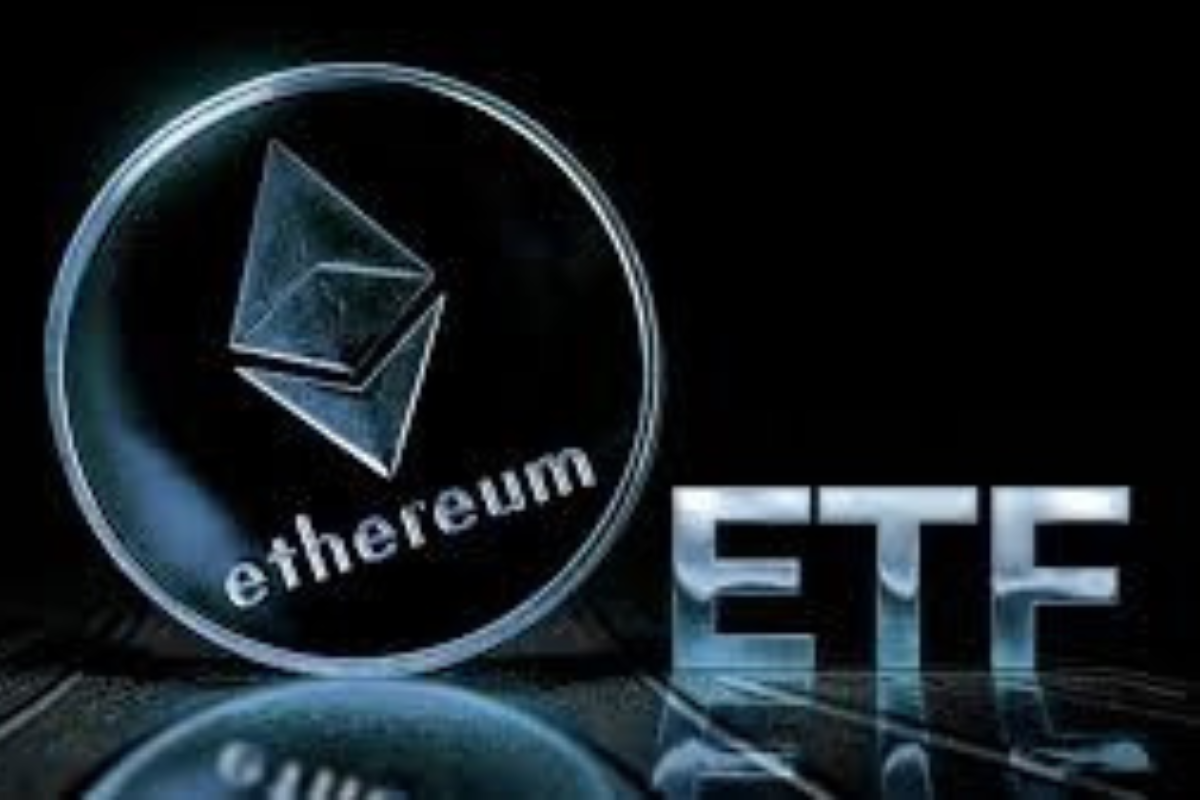
The financial landscape is rapidly evolving, with the integration of blockchain technology and cryptocurrencies becoming more prominent. Among these, Ethereum ETFs (Exchange-Traded Funds) have emerged as a significant investment vehicle, offering exposure to the Ethereum blockchain’s native cryptocurrency, Ether (ETH), without requiring direct ownership. However, it’s crucial to understand that Ethereum ETFs are distinct from the blockchain itself and serve different purposes in the investment world.
Understanding Ethereum and ETFs
Ethereum: A decentralized platform that enables the creation and execution of smart contracts and decentralized applications (dApps). It operates using its cryptocurrency, Ether (ETH), which fuels the network.
ETF (Exchange-Traded Fund): A type of investment fund that holds a collection of assets and is traded on stock exchanges. ETFs can include various asset classes, such as stocks, commodities, or bonds.
Ethereum ETFs: The Intersection of Traditional Finance and Cryptocurrency
An Ethereum ETF provides a way for investors to gain exposure to the price movements of Ether without directly purchasing the cryptocurrency. This is achieved through an ETF structure, where the fund holds assets linked to the value of Ether, and investors can buy shares of the ETF on traditional stock exchanges.
Key Features of Ethereum ETFs:
- Indirect Exposure: Investors gain exposure to Ether’s price changes without needing to manage or store the cryptocurrency themselves.
- Regulatory Compliance: Unlike the relatively unregulated cryptocurrency market, ETFs operate under the oversight of financial regulators, offering a layer of investor protection.
- Accessibility: Ethereum ETFs are available through traditional brokerage platforms, making them accessible to a broader range of investors.
Why Invest in an Ethereum ETF?
- Diversification: Including an Ethereum ETF in a portfolio can provide exposure to the cryptocurrency market, potentially enhancing diversification beyond traditional assets.
- Convenience and Familiarity: ETFs are a familiar investment product, simplifying the process of investing in cryptocurrencies.
- Professional Management: ETF managers handle the investment decisions, including the buying and selling of assets, which can be advantageous for those less familiar with the cryptocurrency space.
- Regulatory Oversight: ETFs are subject to regulatory scrutiny, potentially offering more safety and transparency compared to direct cryptocurrency investments.
- Potential for Growth: As the cryptocurrency market grows, ETFs linked to assets like Ether may benefit from rising prices.
Key Differences Between Ethereum and Ethereum ETFs
While both are related to the Ethereum blockchain, Ethereum itself and Ethereum ETFs represent different forms of investment:
- Ethereum (ETH):
- Direct ownership of the cryptocurrency.
- Full exposure to Ethereum’s features, including staking and network participation.
- Traded on cryptocurrency exchanges.
- Highly volatile and largely unregulated.
- Ethereum ETF:
- Indirect exposure through shares representing Ether’s value.
- Traded on traditional stock exchanges under regulatory oversight.
- Offers a more stable and familiar investment structure.
- Typically lower volatility compared to direct cryptocurrency ownership.
Future Considerations for Ethereum ETFs
The approval and launch of Ethereum ETFs mark a significant milestone in bringing cryptocurrencies closer to mainstream finance. They offer a convenient and regulated means for investors to gain exposure to the growing digital assets market. However, they also come with limitations, such as not allowing direct participation in the Ethereum ecosystem’s innovations, like dApps and smart contracts.
As the market evolves, we may see more sophisticated financial products that better capture the full potential of the Ethereum ecosystem. For now, Ethereum ETFs provide a balanced option for those interested in cryptocurrency exposure within the framework of traditional finance.
In conclusion, while Ethereum ETFs offer a gateway into the world of digital assets, they should be viewed as complementary to, rather than a replacement for, direct investment in the underlying blockchain technologies. Investors should carefully consider their investment goals, risk tolerance, and the unique attributes of both Ethereum and Ethereum ETFs when making investment decisions.
Source: blockchainmagazine.net
The post Ethereum ETFs Aren’t Blockchain But Is A Revolutionary Tech: Top 6 Amazing Reasons To Invest In Them appeared first on HIPTHER Alerts.
Blockchain
Nexo Reaffirms Commitment to Data Protection with SOC 3 and SOC 2 Compliance
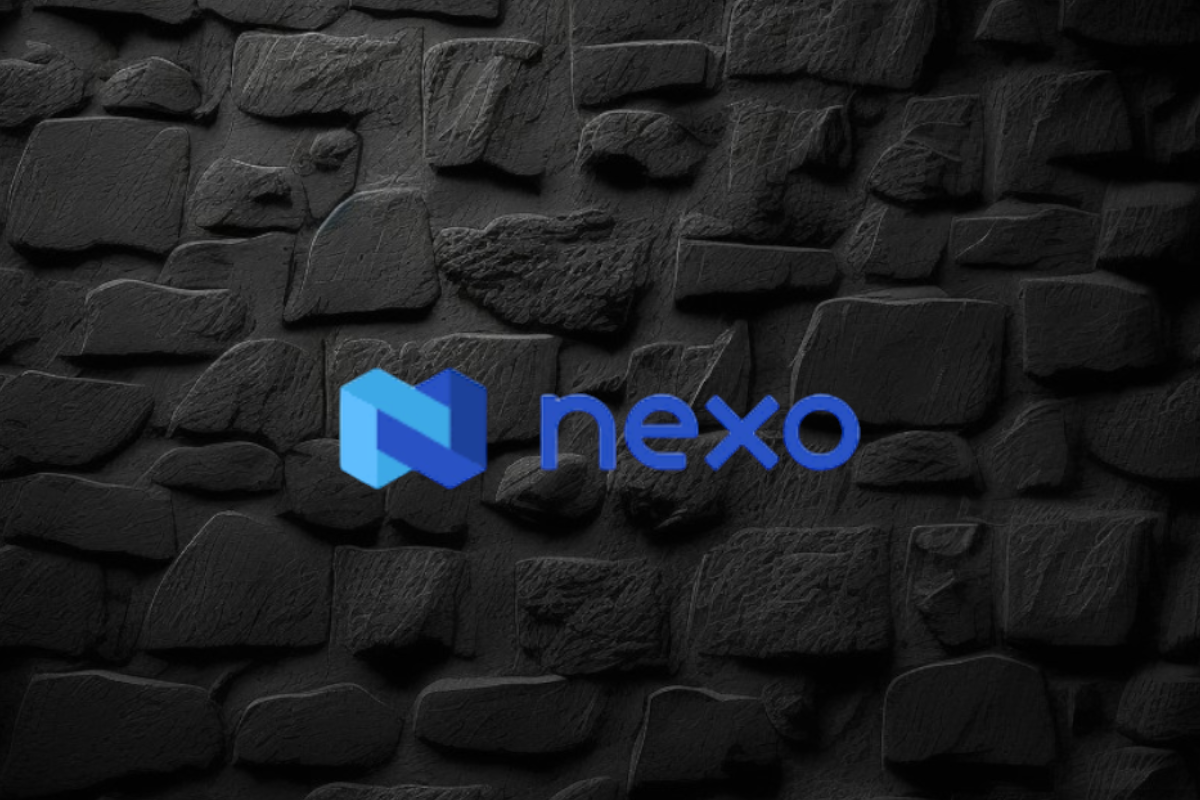
Nexo, a leading institution in the digital assets industry, has reinforced its commitment to data security by renewing its SOC 2 Type 2 audit and attaining a new SOC 3 Type 2 assessment without any exceptions. This rigorous audit process, conducted by A-LIGN, a respected independent auditor specializing in security compliance, confirms Nexo’s adherence to stringent Trust Service Criteria for Security and Confidentiality.
Key Achievements and Certifications
- SOC 2 and SOC 3 Compliance:
- SOC 2 Type 2: This audit evaluates and reports on the effectiveness of an organization’s controls over data security, particularly focusing on the confidentiality, integrity, and availability of systems and data.
- SOC 3 Type 2: This public-facing report provides a summary of SOC 2 findings, offering assurance to customers and stakeholders about the robustness of Nexo’s data security practices.
- Additional Trust Service Criteria:
- Nexo expanded the scope of these audits to include Confidentiality, showcasing a deep commitment to protecting user data.
- Security Certifications:
- The company also adheres to the CCSS Level 3 Cryptocurrency Security Standard, and holds ISO 27001, ISO 27017, and ISO 27018 certifications, awarded by RINA. These certifications are benchmarks for security management and data privacy.
- CSA STAR Level 1 Certification:
- This certification demonstrates Nexo’s adherence to best practices in cloud security, further solidifying its position as a trusted partner in the digital assets sector.
Impact on Customers and Industry Standards
Nexo’s rigorous approach to data protection and compliance sets a high standard in the digital assets industry. By achieving these certifications, Nexo provides its over 7 million users across more than 200 jurisdictions with confidence in the security of their data. These achievements not only emphasize the company’s dedication to maintaining top-tier security standards but also highlight its proactive stance in fostering trust and transparency in digital asset management.
Nexo’s Broader Mission
As a premier institution for digital assets, Nexo offers a comprehensive suite of services, including advanced trading solutions, liquidity aggregation, and tax-efficient credit lines backed by digital assets. Since its inception, the company has processed over $130 billion, showcasing its significant impact and reliability in the global market.
In summary, Nexo’s successful completion of SOC 2 and SOC 3 audits, along with its comprehensive suite of certifications, underscores its commitment to the highest standards of data security and operational integrity. This dedication positions Nexo as a leader in the digital assets space, offering unparalleled security and peace of mind to its users.
Source: blockchainreporter.net
The post Nexo Reaffirms Commitment to Data Protection with SOC 3 and SOC 2 Compliance appeared first on HIPTHER Alerts.
-

 Blockchain4 days ago
Blockchain4 days agoBinance Cleared to Invest Customer Assets in US Treasury Bills: What It Means for Crypto and Dollar Dominance
-

 Blockchain4 days ago
Blockchain4 days agoDeep Custodian Limited Obtains Hong Kong TCSP License, Authorized to Provide Compliant Crypto Asset Custody Services
-

 Blockchain Press Releases2 days ago
Blockchain Press Releases2 days agoBybit Web3 Livestream Explores Cultural Meme Coins and Other Trends
-

 Blockchain3 days ago
Blockchain3 days agoBlockchain Intelligence Group adds additional modules and launches its Certified Cryptocurrency Investigator – Advanced Series
-

 Blockchain Press Releases2 days ago
Blockchain Press Releases2 days agoBybit Surges to Second Place in Derivatives Market, Solidifying Position as Global Crypto Trading Leader
-

 Blockchain3 days ago
Blockchain3 days agoBitAngels Network Hosts Blockchain Pitch Competition in Nashville
-

 Blockchain4 days ago
Blockchain4 days agoCoinW Continues Expedition Trek And Double Down On Presence At ETH-Native Events
-

 Blockchain2 days ago
Blockchain2 days agoKevin O ‘Leary Addresses Crypto Investing, Ethereum ETFs, and SEC Chair in Recent Interview






